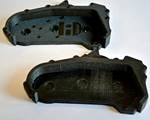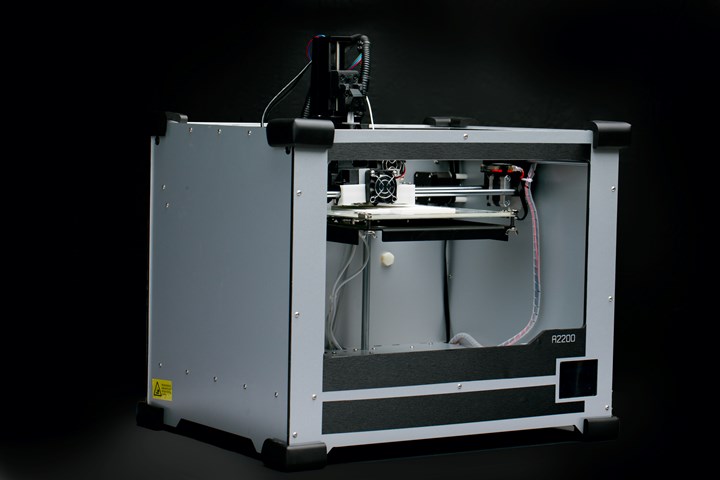Nano3Dprint expands 3D printer distribution to Taiwan
Distribution of multi-material printer using chopped carbon fiber and a dual-dispensing printer in Asia is led by second partner Collimage International.
Nano3Dprint (Burlington, Calif., U.S.) a next-generation additive manufacturing solutions provider, has announced its latest strategic distribution partnership in Asia. Taiwan-based Collimage International Co., Ltd. (Taipei, Taiwan) will distribute nano3Dprint’s A2200 3D multi-material electronics printer that can use chopped carbon fiber infused filaments, and the B3300 dual-dispensing 3D printer to its customers throughout Taiwan.
Collimage International has already sold several printers to National Taiwan University (New Taipei) where undergraduate students in a photonics lab course will design and print metallic electrode patterns to develop self-powered solar devices.
“This partnership opens a gateway to untapped opportunities, propels our brand to new heights and enables us to reach an even wider audience eager for our innovative technology,” Ramsey Stevens, nano3Dprint CEO, says.
Through distribution in Taiwan, nano3Dprint hopes to empower a thriving community of researchers, makers and innovators.
“By expanding our product lineup, our business captures the attention of a broader audience while rekindling a fresh perspective among our existing customers,” Alan Tuan, president of Collimage International, adds. “We look forward to creating a new market in Taiwan for nano3Dprint.”
Related Content
-
Plant tour: Spirit AeroSystems, Belfast, Northern Ireland, U.K.
Purpose-built facility employs resin transfer infusion (RTI) and assembly technology to manufacture today’s composite A220 wings, and prepares for future new programs and production ramp-ups.
-
Plant tour: Albany Engineered Composites, Rochester, N.H., U.S.
Efficient, high-quality, well-controlled composites manufacturing at volume is the mantra for this 3D weaving specialist.
-
Pultrusion: The basics
A primer describing what pultrusion is, its advantages and disadvantages, and typical applications.

















